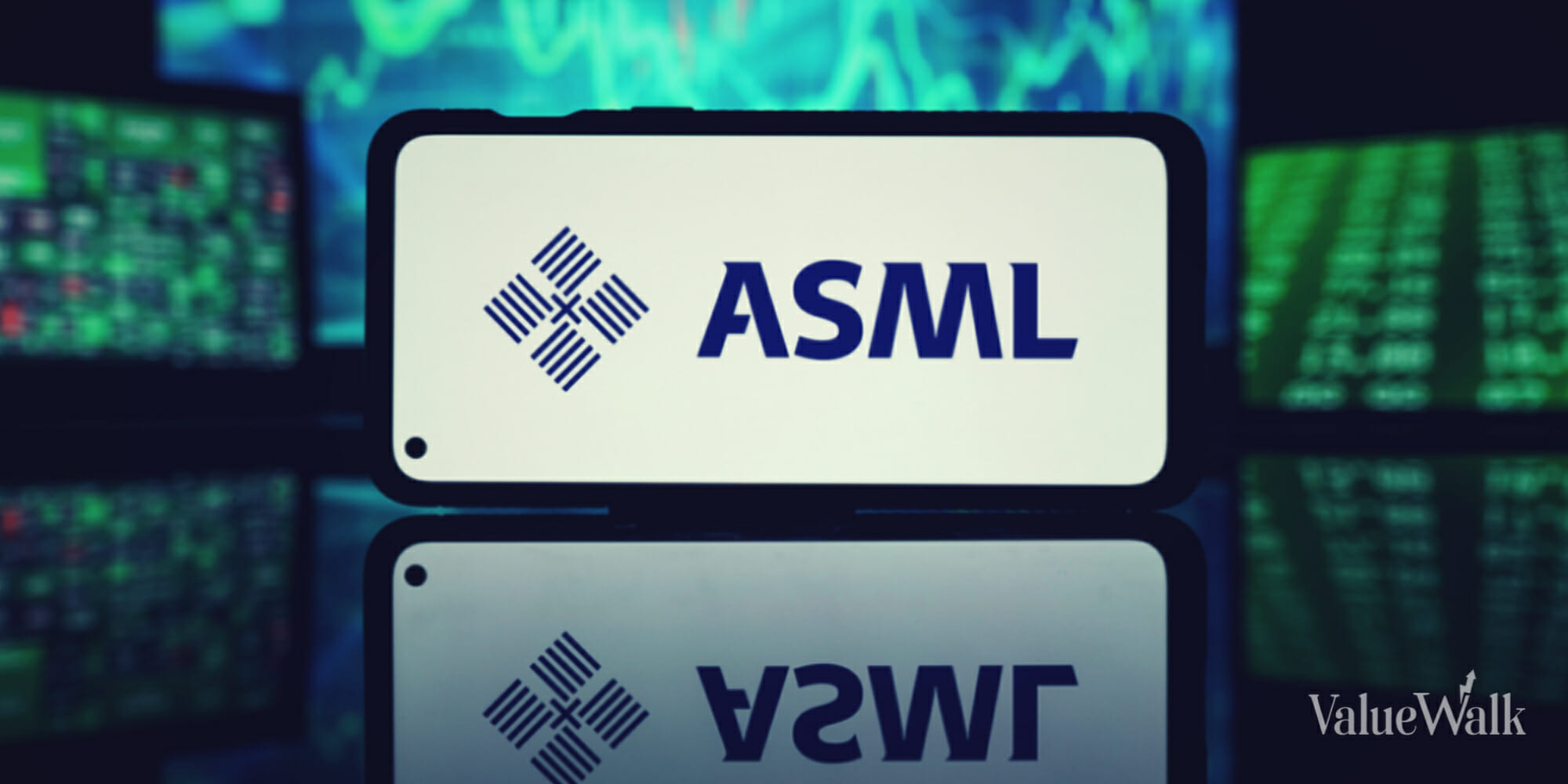As any regular readers of our updates know, our focus is not on short-term trading of gold, for now, so the news that gold has this week either hit its crucial low, or is on its way to, is important, but the exact number of the low is not. The information we remain focused on is where the market is headed towards, and based on our models we predict it is headed towards growth.
The bad news is that, as we predicted over the last few updates, the Federal Reserve increased interest rates for the fifth time in its current cycle, bringing its range up to 1.25%-1.50%. This increasing began two years ago to the month, in December of 2015, where it started at a record low of 0.00%-0.25%. What sets this specific increase apart is that it is the first that did not accompany an increased gold price. When Wednesday closed at $1255, gold was $5 short of its close on the day of the previous rate increase, of $1260 on June 14th, making this the official end of the series of higher interest rated accompanying higher gold prices.
Although our last report was in support of the thesis that higher interest rates bring up gold values, examples from history have regularly shown the same. The most recent example is the interest rate cycle of 2004 to 2006, seen here:
This chart shows five major pieces of information. Gold rose at each of the increases as the interest rate was raised. It did not reach a new price high at the time of the fourth increase in December of 2004. As these increases continued to grow in 2005, gold did not reach new heights and instead consolidated within a 10% range. It eventually grew past its previous high of $450 in September of 2005 and within the next eight months reached a new high, at an increase of 62%, of $730 per ounce, as rates rose to 5.25%.
The two pieces of information to take away from this are:
- Gold’s value can increase during a rising interest rate environment.
- For the trend as a whole to remain intact, it doesn’t mean that gold has to increase in value at the exact time that the rate is increased. It is possible for it to consolidate throughout the series of increases.
It seems that right now we’re seeing a situation similar to that of 2004-2006. Gold increased after four of the five hikes, the first in the last ten years, and it seems like we will be seeing that again now. The difference at this stage would be the lower beginning level of 0% versus 1%, and gold at a higher beginning level of $1045/oz versus $385/oz.
To sum up, it seems that gold has set itself up for an important price low this past week, within the $1240 range. We are expecting a period of consolidation moving up as the Fed continues to increase the rates next year. At the time that gold surpasses the highs reached in 2016, we predict a significant growth that will emulate that from 2004 to 2006’s. Based on history, the increasing rates are positive for precious metals prices. This doesn’t have to match to the exact day, so don’t lose sight of what is to come.
Christopher Aaron,
Bullion Exchanges Market Analyst
Christopher Aaron has been trading in the commodity and financial markets since the early 2000’s. He began his career as an intelligence analyst for the Central Intelligence Agency, where he specialized in the creation and interpretation of pattern-of-life mapping in Afghanistan and Iraq.
Technical analysis shares many similarities with mapping: both are based on the observations of repeating and imbedded patterns in human nature.
His strategy of blending behavioral and technical analysis has helped him and his clients to identify both long-term market cycles and short-term opportunities for profit.
This article is provided as a third party analysis and does not necessarily matches views of Bullion Exchanges and should not be construed as investment advice






